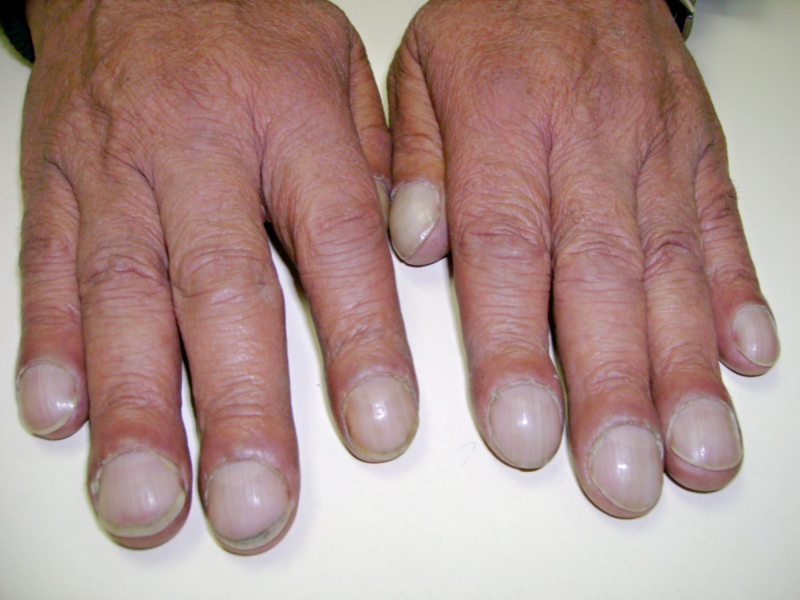Finger Clubbing

The illness, which is characterized by the swelling or bloating of the fingers, was first identified by Hippocrates. It is one of the signs of Eisenmenger's syndrome, a chromosomal condition that causes pulmonary hypertension and congenital cardiac abnormalities. Hypertrophic osteoarthropathy is the term used to describe it when it coexists with joint effusions, joint discomfort, and abnormal skin and bone development. Nobody was aware of the problem at the time. Clubbing has been understood to be a sickness indication at least since Hippocrates. The condition is known as "Hippocratic fingers."
Digital clubbing has been linked to several underlying pulmonary, cardiovascular, neoplastic, infectious, hepatobiliary, mediastinal, endocrine, and gastrointestinal illnesses since Hippocrates first reported it in individuals with empyema. Without a clear underlying condition, finger clubbing can also arise idiopathically or as a Mendelian dominant characteristic. The word "clubbing" refers to the uniform, bulbous expansion of the soft tissue in the terminal phalanx of a digit, which causes the usual angle between the nail and the nail bed to disappear.
There are primary (i.e., idiopathic, inherited) and secondary types of digital clubbing. Digital clubbing can be unilateral, bilaterally symmetric, or just affect one digit. The prevalence of finger clubbing is unclear, however, it was seen in roughly 1% of patients hospitalized in a hospital's internal medicine department.





